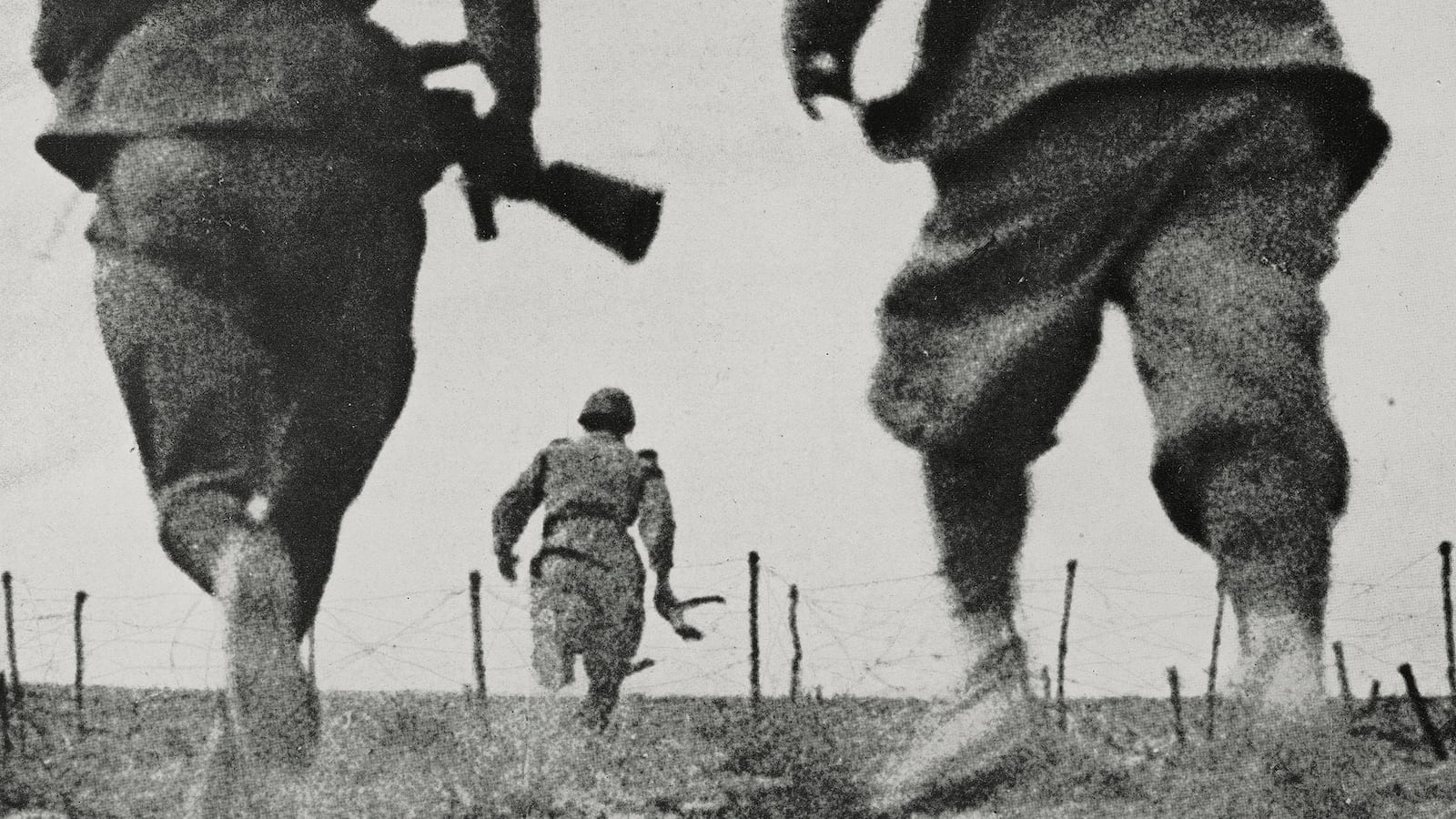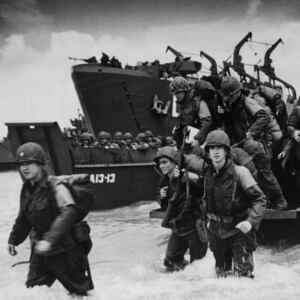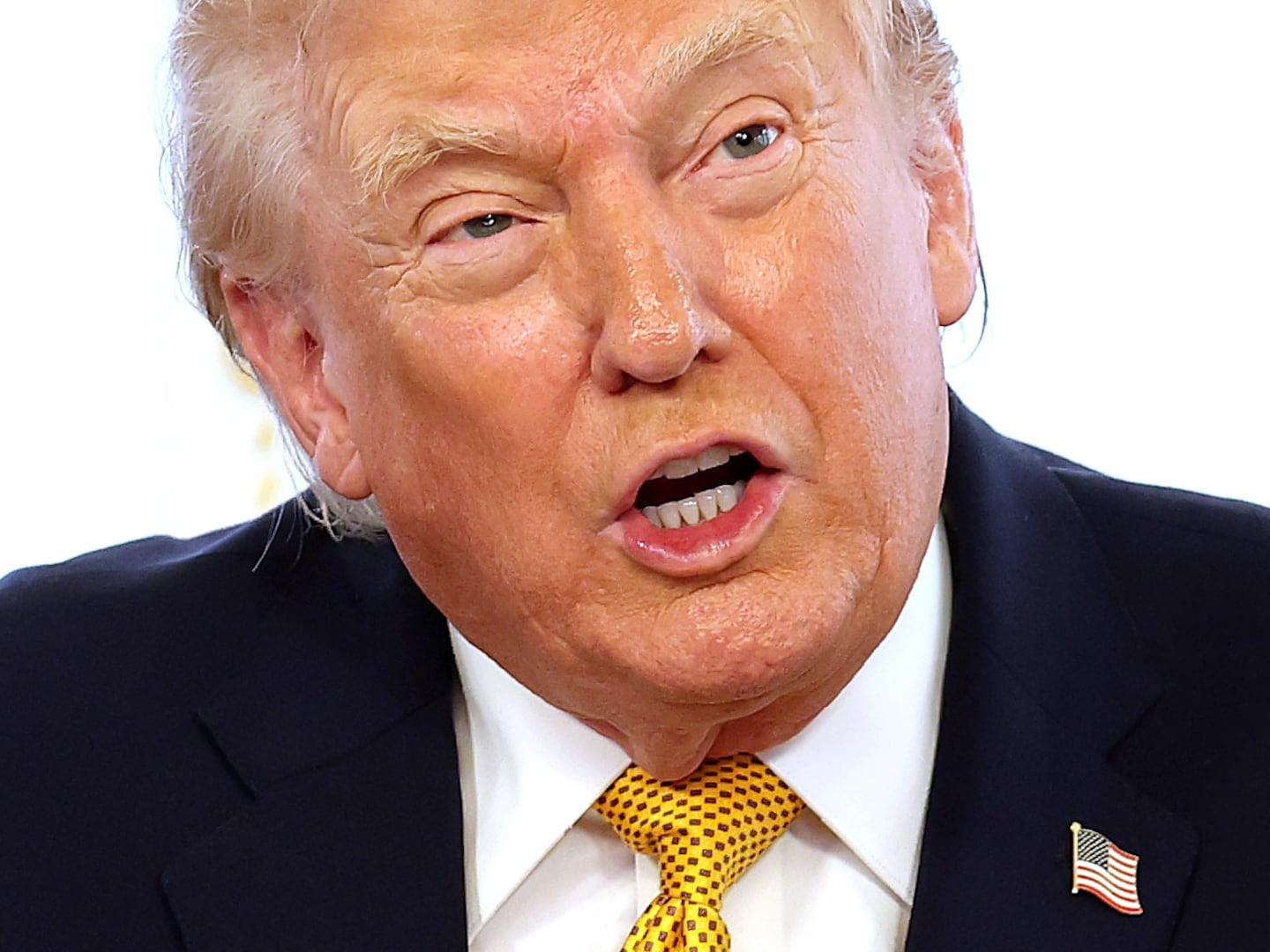The D-Day Allied invasion of Normandy on June 6, 1944 signaled the beginning of the final push to liberate Europe from Nazi rule. It is more than fitting that the 75th anniversary ceremonies will be marked by pomp and circumstance—especially given what is probably the last opportunity to honor the dwindling number of surviving veterans of the landings on the beaches that day.
But contrary to popular belief, D-Day, while immensely significant, was not the critical turning point of World War II. The key developments that set the stage for Germany’s ultimate defeat had already taken place much earlier. Hitler’s litany of disastrous mistakes in 1941 made it possible for the Allies to survive his country’s initial military successes, regroup, and launch an audacious operation like D-Day three years later.
The title of my new book, 1941: The Year Germany Lost the War, is not an overstatement. It is no exaggeration to say that 1941, not 1944, was the year Germany lost the war—although Hitler was not about to admit defeat and his forces fought ferociously for another four years, right up until he committed suicide in his Berlin bunker on April 30, 1945.
Consider the situation at the beginning of 1941. Hitler’s armies ruled most of Europe. Winston Churchill’s Britain was a lonely holdout against the Nazi tide, but German bombers were attacking London and other cities while German U-boats were torpedoing its ships. Stalin was Hitler’s de facto ally, sending Germany vital supplies under the terms of the Nazi-Soviet Pact. And the United States was still officially on the sidelines. Germany looked to be unstoppable.
But Hitler managed to turn a seemingly winning hand into a losing one in the space of that single year. By the end of 1941, Britain emerged with two powerful new allies, the Soviet Union and the United States. While Japan’s attack on Pearl Harbor on December 7 meant that Hitler had a new partner in Asia, this could not offset the growing strength of the Allies, which came increasingly into play as the war dragged on.
Several factors accounted for this dramatic turnaround:
Vowing never to surrender to German might after France fell in 1940, Churchill, Britain’s new prime minister, rallied his countrymen and worked diligently to nurture a close relationship with President Franklin D. Roosevelt. The two leaders bypassed Joseph Kennedy, the outgoing U.S. ambassador to London who was constantly predicting Britain’s defeat, by setting up a direct channel for letters between them. The blossoming personal ties between the two leaders would play a major role in ensuing events.
The Luftwaffe’s attempt to bomb Britain into submission boosted sympathy across the Atlantic for the nation under attack, weakening the isolationist America First movement. As a result, Congress approved the Lend-Lease Act in March, which allowed Roosevelt to funnel weaponry and other supplies to Britain and later to the Soviet Union, making good on his pledge to transform his country into the “arsenal of democracy.”
After his string of early victories, Hitler reacted to those first setbacks by escalating the conflict further. Like a compulsive gambler, he raised the stakes again and again. He had planned to deliver a knockout blow to Britain, and then to turn eastward to accomplish his longtime goal of conquering and colonizing the Soviet Union. But when Britain stubbornly fought back, he decided this was the perfect moment to attack Russia.
When some of his planners warned that Russia’s vast expanse and manpower reserves would give it the advantage in any long-term conflict, Hitler decided to strike sooner rather than later. According to his perverse logic, Russia’s swift defeat would finally convince Britain it had no chance of winning and it, too, would accept a German-dictated peace. At that point, the Roosevelt administration would also conclude it could and should do nothing more to avert such an outcome.
Stalin refused to believe the warnings of both the Western powers and his own spies about Germany’s plans, allowing the invaders to advance quickly once they attacked on June 22. Confident of a speedy victory, Hitler sent his armies in without winter uniforms and ignored the pleas of his generals to launch the assault on Moscow that summer. Instead, he diverted his troops south to take Kiev first. This delayed the push to take Moscow until heavy rains turned the unpaved roads into rivers of mud and then temperatures plummeted. Soon his troops were bogged down in a horrific struggle on the outskirts of the Soviet capital, where his armies came up short and froze that first winter.
Apart from those miscalculations, Hitler effectively threw Stalin a lifeline during the early days of the invasion by alienating those who might have rallied to his cause—or at least not stood in the way of his ambitions.
Some Soviet citizens initially welcomed the invaders, not because they knew much about what the Nazis represented but because they were hoping they would liberate them from Stalin’s reign of terror. Instead, Hitler unleashed a reign of terror and mass murder of his own.
It was no accident that the invasion coincided with the launching of the Holocaust, as special German killing squads massacred hundreds of thousands of Jews and anyone else deemed an enemy of the Aryan race. The famed Soviet war correspondent and novelist Vasily Grossman later divided the war against the Jews into two parts: “the Shoah by bullets” and “the Shoah by gas,” using the Hebrew term for the Holocaust. When the Germans invaded his country, the Shoah by gas—mass executions in gas chambers—was not yet organized.
As for Soviet POWs, they perished from brutal treatment, starvation, and disease. During 1941, 3.3 million Red Army soldiers were captured; by February 1942, roughly 2 million of them were dead. Civilian Untermenschen (Slavic “subhumans”) often fared no better. As a result, Stalin could quickly rally his people against the Germans.
Finally, when Japanese planes attacked Pearl Harbor, Hitler rushed to declare war on the United States, convinced that it would be bogged down in the Pacific and no longer capable of aiding Britain or Russia. “We can’t lose the war at all,” the German leader declared. “We now have an ally which has never been conquered in three thousand years.”
But the odds were stacked against the Axis powers—Germany, Japan, and Italy—as soon as the Soviet Union and the United States were plunged into the war. The Allies boasted nearly three times their population, more than seven times their territory, and controlled almost all of the world’s oil reserves. Their collective gross domestic product was at least double that of the Axis countries.
Churchill instantly understood as much. “So we have won after all… Britain would live,” he wrote to Roosevelt’s aide Harry Hopkins right after Pearl Harbor. No matter how long the war would last, “Hitler’s fate was sealed.”
He was absolutely right. D-Day was still a long way off, but the outcome of the war was determined in 1941.







